Tiger Moths - Family Arctiidae and Aganaidae
This page contains pictures and information about Tiger Moths in Family Arctiidae and Aganaidae that we found in the Brisbane area, Queensland, Australia.

- Typical Tiger Moth caterpillar, length 40mm
- Moth families Arctiidae and Aganaidae are closely related, sometimes Aganaidae is put under Arctiidae as the subfamily. Many species retain distasteful or poisonous chemicals acquired from host plants. Caterpillars acquire these chemicals, and retain them in the adult stage. Adults may pass those chemical to their eggs as well. The moths and caterpillars advertise these defences with aposematic bright coloration.
- The adult moths in this two families are usually brightly in orange, yellow, white and black warning colours. They are either distasteful to predators or mimics of distasteful species. They are from small to medium in size. They held the antennae out from head when resting. Their abdomen usually striped with black and yellow-red colour. The stripes give rise to the name "Tiger Moths". They are poisonous and distasteful to predators. Most of them are active during the day.
- Most Caterpillars of the two families are covered in sparse dark hairs, which gives them the name "Woolly Bears". The hairs can cause irritation in sensitive skin. The caterpillars are small to medium in size. The caterpillars usually active during daytime and feed openly.


- Tiger Moth Cocoon Tiger Moth
- Caterpillars make flimsy cocoon covered with larval hairs and little silks. They may be found on bark, leaves or on soils.
Classification :
- Family Arctiidae - Tiger Moth
- Most Caterpillars of the ARCTIIDAE are covered in dense dark hairs. The caterpillars are small to medium size. The adults usually have bright warning colour patterns, which are spotted in red, orange, black or white. Their abdomen usually striped with black and yellow-red colour.
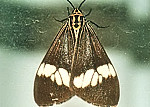
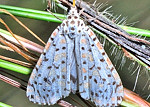
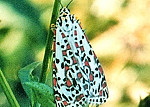
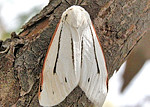
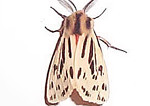
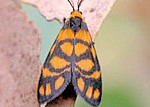
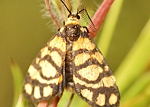
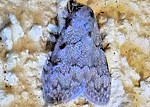
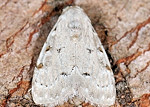
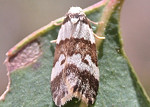
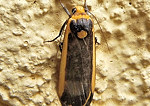
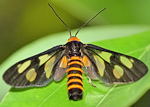
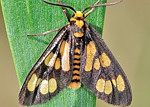
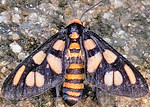
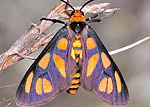
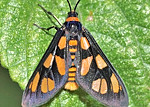
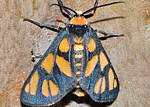

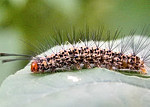
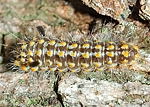
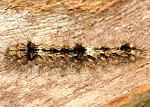
- Family Aganaidae - Tropical Tiger Moth
- This family is very closely related with family Arctiidae and sometimes put as its sub-family.
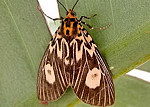

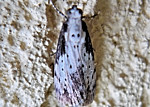
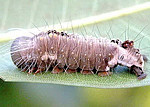
- Unknown
- Followings are Tiger Moth Caterpillars that yet to be identified. Please advise if you known what are they.
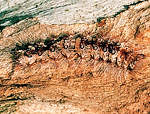
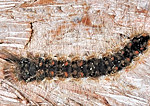
- Here we would like to thank Don Herbison-Evans for his kindly advices on the identity of some caterpillars and adults in our web site. His Australian Caterpillars web site is our major reference.
- Reference:
- 1. Insects of Australia, CSIRO, Division of Entomology, Melbourne University Press, 2nd Edition 1991, p908.
- 2. Moths
of Australia - I. F. B. Common, Melbourne University Press,
1990, p430.
- 3. Moths of Australia - Bernard D'Abrera, Lansdowne Press, Melbourne, 1974, p72.
- 4. A Guide to Australian Moths - Paul Zborowski, Ted Edwards, CSIRO PUBLISHING, 2007, p181.
- 5. Northern Territory Insects, A Comprehensive Guide CD - Graham Brown, 2009.
- 6. Moths of Victoria: part two, Tiger moths and allies Noctuoidea (A) - Peter Marriott, Entomological Society of Victoria, 2009.
[ Family Arctiidae ] [ Family Aganaidae ] [ Unknown Tiger Moth Caterpillars ] - Back to Top
